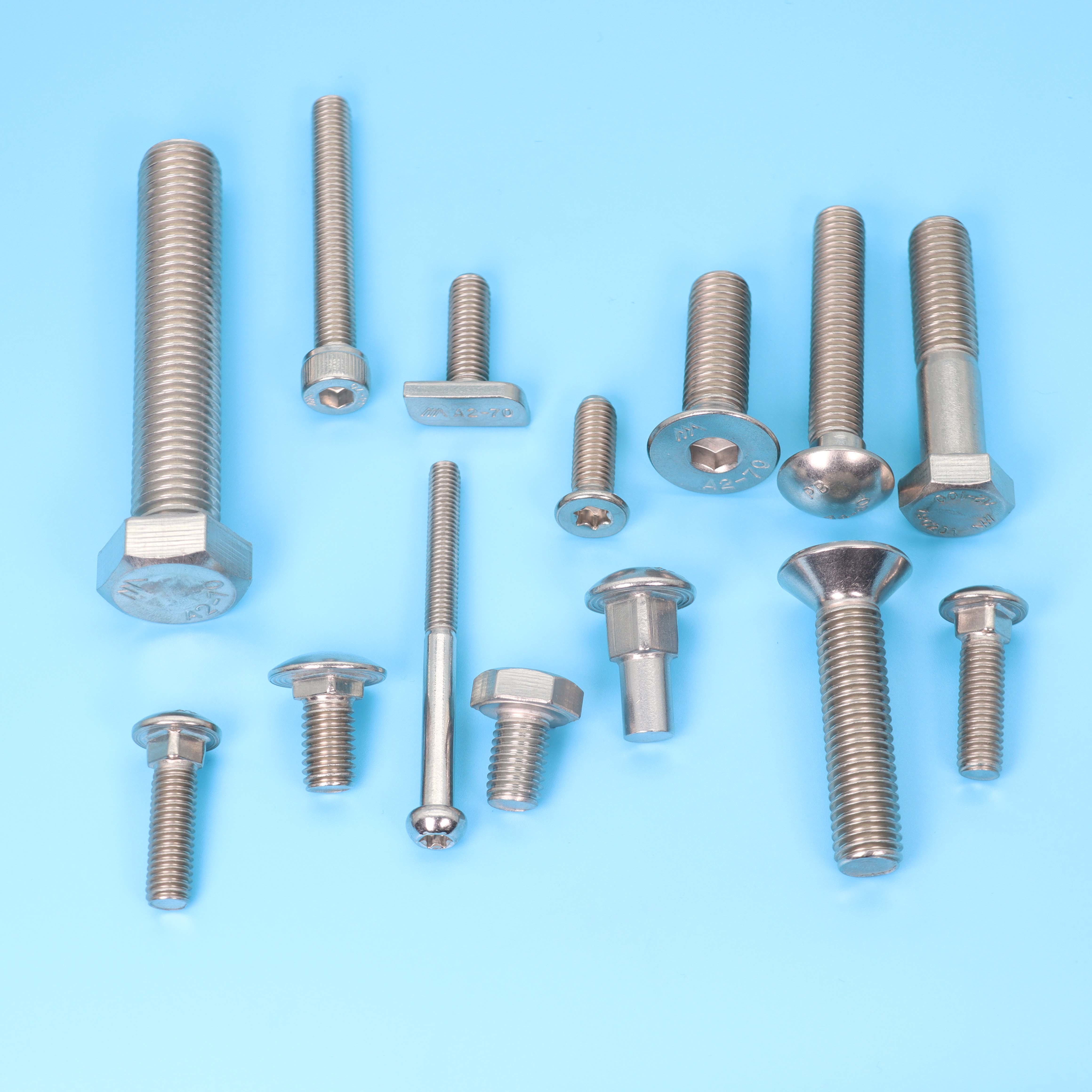Any material under the action of increasing or constant external force will eventually exceed a certain limit and be destroyed. There are many types of external forces that cause damage to materials, such as tension, pressure, shear, and torsion. The two strengths, tensile strength and yield strength, are only for tensile force.
These two strengths are obtained through tensile tests. The material is continuously stretched at a specified loading rate until it breaks, and the maximum force it bears when breaking is the ultimate tensile load of the material. The ultimate tensile load is an expression of force, and the unit is Newton (N). Because Newton is a small unit, in most cases, kilonewtons (KN) are used, and the ultimate tensile load is divided by the sample. The resulting stress from the original cross-sectional area is called the tensile strength.

It represents the maximum ability of a material to resist failure under tension. So what is yield strength? Yield strength is only for elastic materials, inelastic materials have no yield strength. For example, all kinds of metal materials, plastics, rubber, etc., all have elasticity and yield strength. Glass, ceramics, masonry, etc. are generally inflexible, and even if such materials are elastic, they are minimal. The elastic material is subjected to a constant and continuously increasing external force until it breaks.
What exactly has changed? First, the material undergoes elastic deformation under the action of external force, that is, the material will return to its original size and shape after the external force is removed. When the external force continues to increase and reaches a certain value, the material will enter the plastic deformation period. Once the material enters plastic deformation, the original size and shape of the material cannot be recovered when the external force is removed! The strength of the critical point that causes these two kinds of deformation is the yield strength of the material. Corresponding to the applied tensile force, the tensile force value of this critical point is called the yield point.
Post time: Sep-23-2022
